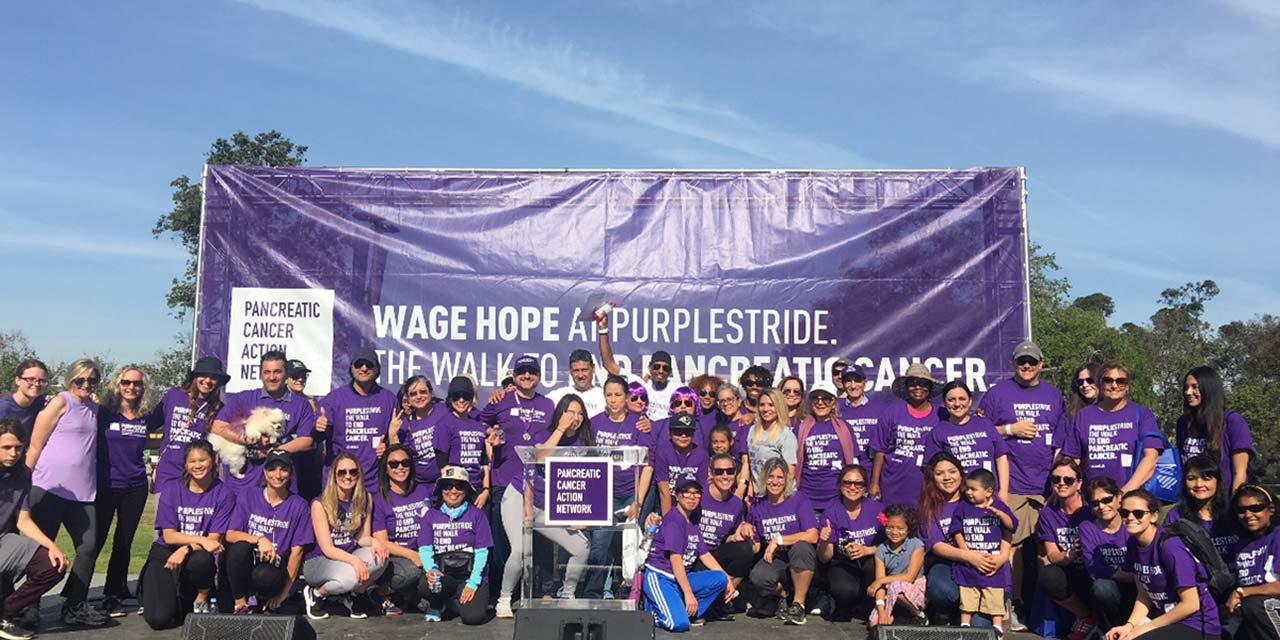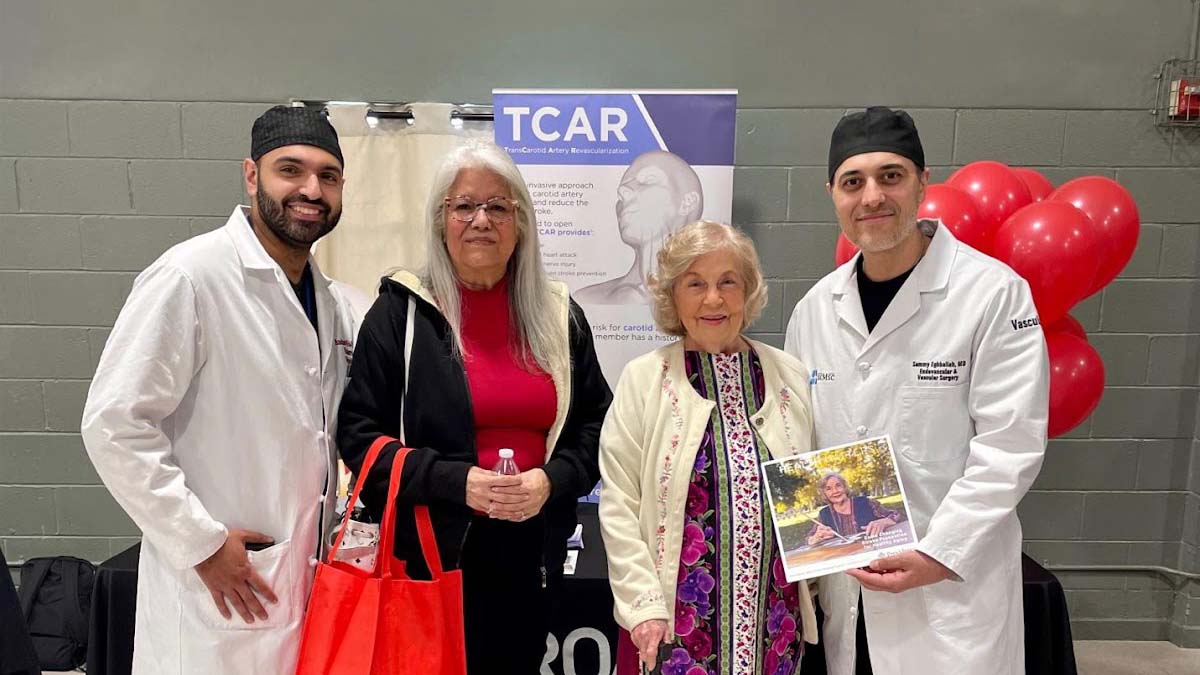Find the Right Hernia Surgeon
Do you need a hernia surgeon? If so, how do you find the best hernia surgeons?
Did you know that some hernias can cause serious damage?
Hernias are a common medical condition that can occur in various parts of the body. While they may not be life-threatening, they can be serious if left untreated. If you suspect you may have a hernia, doctors say it is important to seek medical attention promptly to prevent potential complications.
For information or to make an appointment at SCMSC, call 818.900.6480.
If you’re seeking a reputable hernia center in Los Angeles, CA, you’re in luck. Southern California Multi-Specialty Center is here to cater to your needs. Our dedicated team of highly trained hernia surgeons and specialists is committed to delivering exceptional care and personalized treatment options. Experience relief from the discomfort and inconvenience caused by hernias by choosing us as your preferred choice for hernia care in Los Angeles. In this blog post, we will delve deeper into hernias, including their causes, symptoms, and a comprehensive overview of the best hernia surgeon options available in Los Angeles, CA, ensuring you receive optimal care tailored to your specific needs.
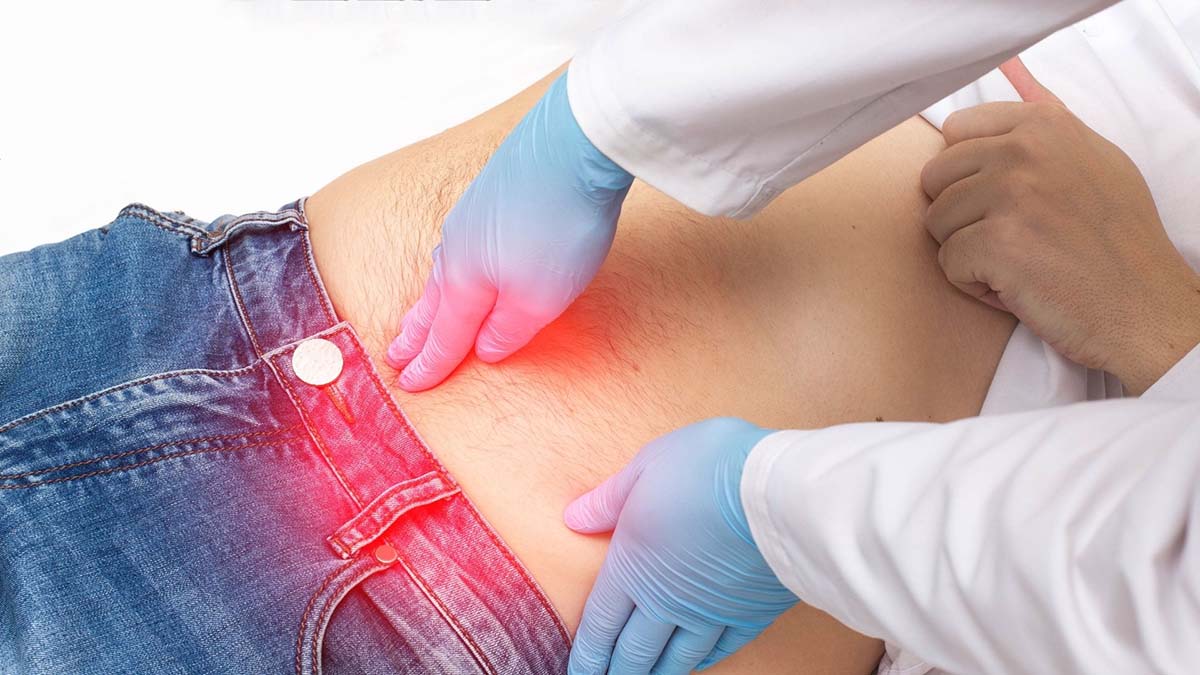
What is a Hernia?
A hernia is a medical condition that occurs when an organ or tissue protrudes through an opening in the muscle or connective tissue that surrounds it. Hernias are typically seen in the abdominal area, but they can also occur in other parts of the body, such as the groin, upper thigh, and belly button.
Treatment for a hernia typically involves surgery to repair the weakened area of the abdomen. In some cases, a watchful waiting approach may be taken if the hernia is small and not causing any symptoms. However, if the hernia becomes larger or more symptomatic, surgery may be necessary to treat or prevent complications.

Relief from Hernia Pain
Hernia pain can be uncomfortable and even debilitating. If you suspect you have a hernia, you should seek medical advice. If it is serious or could lead to additional medical issues, surgery may well be indicated. If surgery is not needed at this time, here are some self-help tips on how to obtain some relief from hernia pain:
- Rest and avoid strenuous activities: Avoid any activities that may aggravate the hernia, such as heavy lifting, bending, or straining.
- Use a hernia truss or belt: Wearing a hernia truss or belt can provide support and relieve pressure on the hernia.
- Apply cold or heat therapy: Applying cold or heat therapy to the affected area can help reduce inflammation and alleviate pain. Use a cold pack or ice wrapped in a towel for 10-15 minutes at a time, or a warm towel or heating pad for 15-20 minutes at a time.
- Take pain relievers: Over-the-counter pain medications, such as ibuprofen or acetaminophen, can help relieve pain and inflammation.
- Practice gentle exercise: Engage in gentle exercise, such as walking or swimming, to promote blood flow and reduce pain.
- Maintain a healthy weight: Being overweight or obese can put additional pressure on the hernia, exacerbating pain. Maintaining a healthy weight can help alleviate pain and prevent further complications.
- Eat a high-fiber diet: A high-fiber diet can help prevent constipation, which can exacerbate hernia pain.
If surgery is required, seek the assistance of a surgery group that has extensive experience with your type of required hernia surgery, a facility such as the Southern California Multi-Specialty Center. Call 818.900.6480
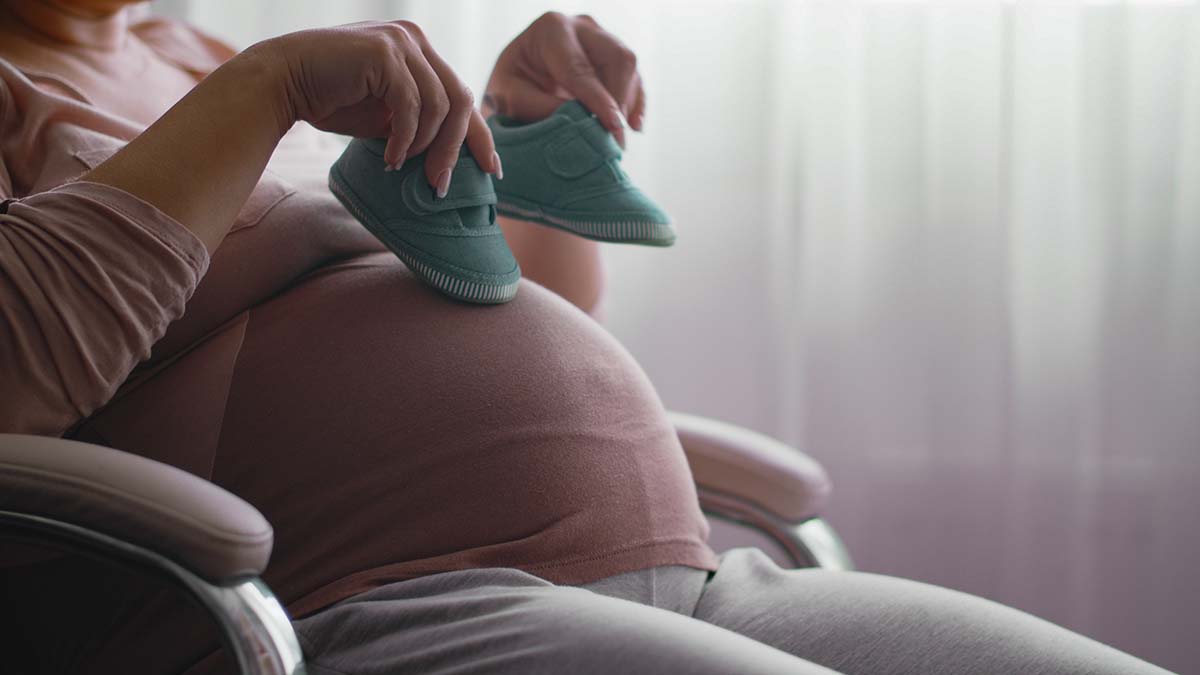
What Causes a Hernia and How Serious are They?
Hernias can be caused by a variety of factors, including a weak spot in the stomach muscle that is present at birth, heavy lifting, chronic coughing, obesity, or straining during bowel movements. Symptoms of a hernia may include a bulge or lump in the affected area, discomfort or pain, and a feeling of pressure or weakness.
While hernias are not typically life-threatening, they can be serious if left untreated. If the hernia becomes trapped, it can cause a blockage of the intestines, which can lead to severe pain, nausea, and vomiting. In some cases, a hernia can also become strangulated, which happens when the blood supply is cut off, causing the tissue to die.
Different Types of Hernias
There are several types of hernias, including inguinal, femoral, umbilical, and hiatal hernia. Inguinal hernias are the most common type, and they occur when a portion of the intestine or other tissue protrudes through a weakened area of the abdominals in the groin area. Femoral hernias occur in the upper thigh, umbilical hernias occur in the belly button, and hiatal hernias occur in the diaphragm.
INGUINAL HERNIA REPAIR
An inguinal hernia is the most common type of hernia, accounting for approximately 75% of all hernias. It occurs when a portion of the intestine or other tissue protrudes through a weak spot in the abdominals in the groin area. Hernia surgery is typically required.
FEMORAL HERNIA REPAIR
This type of hernia is more common in women than men and occurs when a portion of the intestine or other tissue protrudes through a weak spot in the abdominals in the upper thigh. Hernia surgery is typically required.
UMBILICAL HERNIA REPAIR
This type of hernia occurs when a portion of the intestine or other tissue protrudes through a weak spot in the stomach muscles near the belly button. Hernia surgery is typically required.
INCISIONAL HERNIA REPAIR
This type of hernia occurs at the site of a previous surgical incision in the abdominal wall. Hernia surgery is usually required.
HIATAL HERNIA REPAIR
This type of hernia occurs when a portion of the stomach protrudes through the diaphragm into the chest cavity.
EPIGASTRIC HERNIA REPAIR
This type of hernia occurs when a portion of fatty tissue protrudes through a weak spot in the stomach muscles between the navel and the lower part of the ribcage.
SPIGELIAN HERNIA
This type of hernia occurs when a portion of the intestine or other tissue protrudes through a weak spot in the abdominals at the edge of the rectus muscle.
VENTRAL HERNIA SURGERY
It is also known as an incisional hernia or a primary abdominal wall hernia. A ventral hernia occurs when the abdominal muscles weaken or separate, allowing abdominal tissue or organs to protrude through the weakened area.
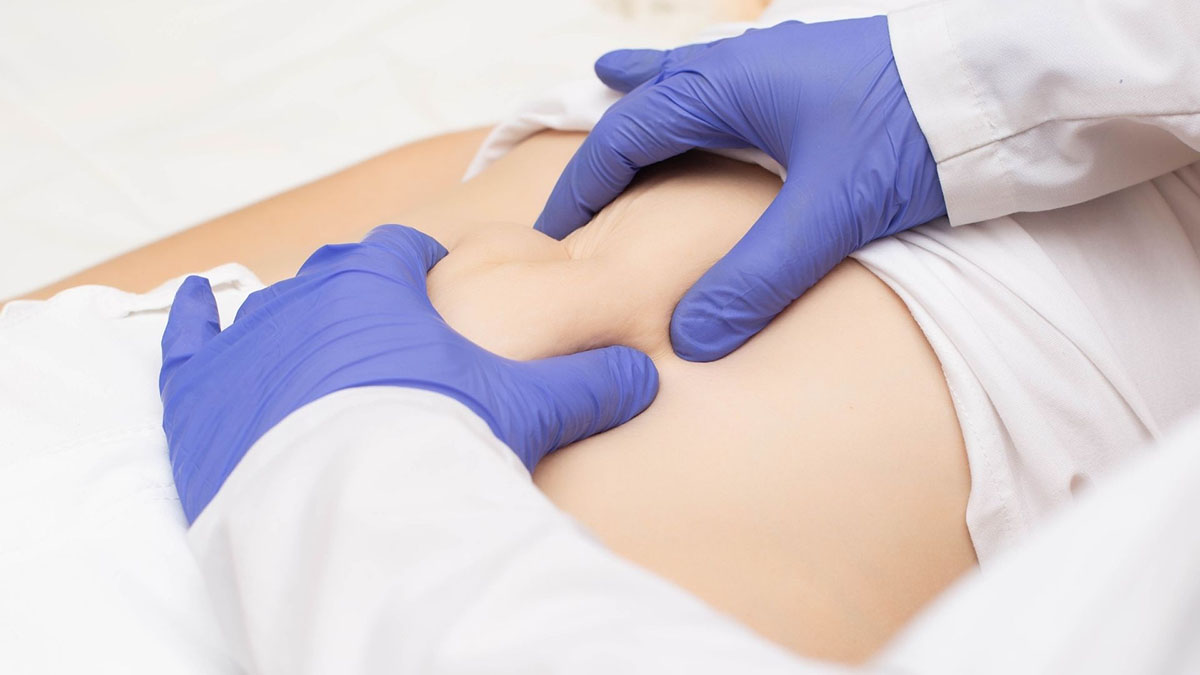
Hernia Pain and Recovery After Hernia Surgery
The recovery time for a hernia surgery can vary depending on several factors, such as the type of hernia, the size of the hernia, the surgical approach, and the overall health of the patient. However, in general, most hernia patients can expect to recover within several weeks after surgery.
After abdominal surgery, patients are typically advised to avoid strenuous activity and heavy lifting for several weeks to allow the abdominal muscles to heal properly. They may also be advised to avoid driving and other activities that require abdominal strength until they have fully recovered.
Pain and discomfort are common in the first few days after surgery, and pain medications may be prescribed to help manage these symptoms. Patients may also experience swelling and bruising around the surgical site, which can take several weeks to subside.
Most patients can resume normal activities, including work and exercise, within four to six weeks after surgery, although some may require additional time for a full recovery. It is important to follow the post-surgical instructions provided by your doctor and the surgeon to ensure proper healing and prevent complications.
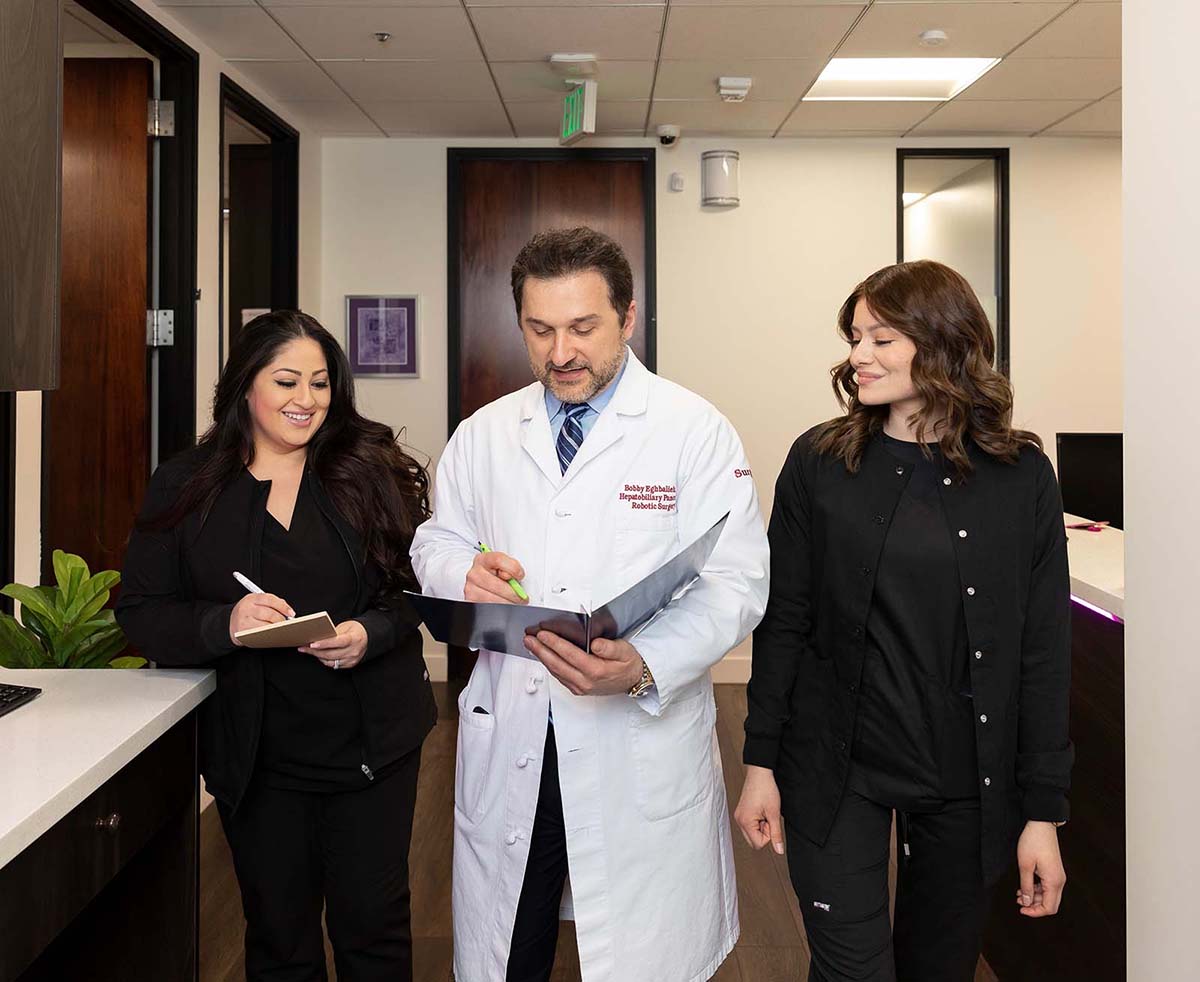
World Class Surgeon near Los Angeles, California
Identifying a world-class hernia surgeon can be challenging, but there are a few key qualities of a hernia specialist to look for that can help you make an informed decision:
- Board certification: Look for a surgeon who is board-certified in general surgery or a related field. This means they have completed specialized training and passed a rigorous examination in their area of expertise.
- Experience: Look for a surgeon who has a high level of experience performing hernia surgeries, especially the type of hernia surgery you need. Ask about their success rates and any complications they have encountered during their practice.
- Subspecialty training: Look for a surgeon who has completed subspecialty training in hernia surgery, such as a fellowship or additional training beyond general surgery residency. This can indicate a high level of expertise in the field.
- Innovative techniques: Look for a surgeon who utilizes the latest surgical techniques and technologies, such as laparoscopic or robotic-assisted surgery. A world-class surgeon is often at the forefront of innovation and continually strives to improve patient outcomes.
- Patient-centered care: Look for a surgeon who places a high value on patient-centered care, including taking the time to listen to your concerns and answering your questions. A world-class surgeon will prioritize your safety, comfort, and satisfaction throughout the treatment process.
It is important to do your research and ask for referrals from your healthcare provider team, friends, and family. Take the time to meet with potential surgeons, ask questions, and assess their qualifications and approach to care before making a decision.
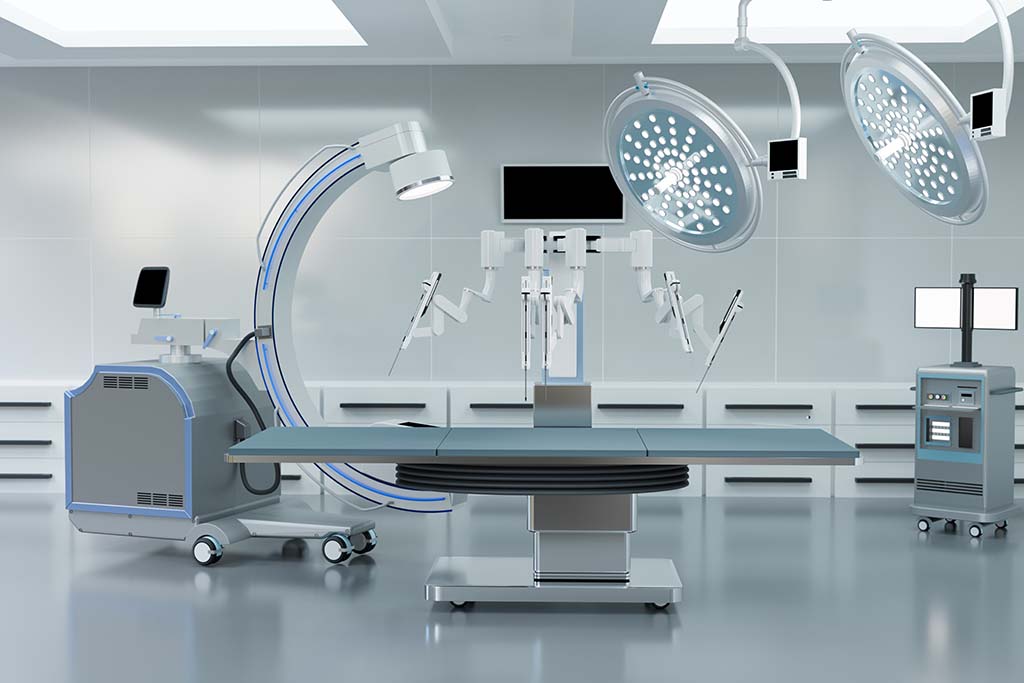
Expert at All Types of Hernia Surgery Techniques
There are several surgical techniques used in hernia surgery, each with its own advantages and disadvantages. The most commonly used techniques for hernia treatment include:
- Open surgery: This traditional approach involves making a large incision in the abdomen to repair the hernia. Open surgery is effective for repairing larger hernias or for patients who have had previous surgeries in the area.
- Laparoscopic surgery: This minimally invasive approach involves making several small incisions in the abdomen and using a camera and specialized instruments to repair the hernia. Laparoscopic surgery typically results in less pain and faster recovery times compared to open surgery.
- Robotic-assisted surgery: This approach is similar to laparoscopic surgery but utilizes a robotic system to provide greater precision and control during the procedure, leading to better outcomes and faster, less painful recovery. This is a particular strength of SCMSC.
- Tension-free repair: This technique involves placing a mesh or patch over the weakened area of the abdominals to reinforce the tissue and prevent the hernia from recurring. Tension-free repair can be done through an open or laparoscopic approach.
- Component separation technique: This technique is used for larger hernias or ones that cannot be repaired with tension-free techniques. It involves separating the layers of the abdominal wall and using the patient’s own tissue to repair the weakened area.
The choice of surgical technique will depend on the size and location of the hernia, the patient’s overall health, and the surgeon’s recommendation of procedures. It is important to discuss the options with a healthcare provider and surgeon to determine the most appropriate approach for each individual case.
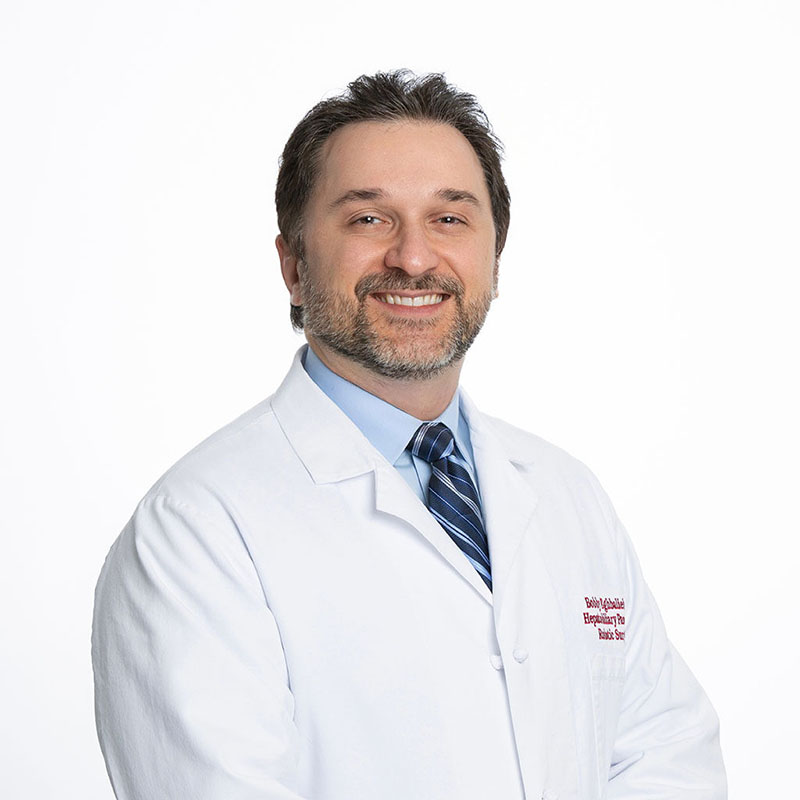
Meet Dr. Babak (Bobby) Eghbalieh
If you’re in need of hernia care in the Los Angeles area, look no further than Southern California Multi-Specialty Center. Our team of specialists provides expert evaluation and treatment options for hernias of all types. Dr. Babak (Bobby) Eghbalieh is a renowned robotic surgeon with the expertise to repair hernias using minimally-invasive robotic surgery. His exceptional attention to detail and precision enhances his ability to perform complex surgical maneuvers, leading to optimal results for his patients.
With a hernia center located in Sherman Oaks, Valencia, Porter Ranch, and Tarzana, we’re here to provide you with the best possible care for your hernia treatment and repair.
To schedule an evaluation at Southern California Multi-Specialty Center, call 818-900-6480.





